SENSE ORGANS (Ear and nose) презентация
Содержание
- 2. Sense organs Sense organs are known as the “windows of the
- 3. Receptors Receptors receive certain environmental stimuli and change them into nerve
- 5. It has 2 sensory functions: It has 2 sensory functions:
- 6. EARS Ear contains 3 main parts: Outer ear Middle ear
- 7. Outer ear Auditory canal has hairs and produces wax-like substance to
- 8. Middle ear It contains three bones: Hammer (Malleus) Anvil (Incus) Stirrup
- 9. Eustachian tube It is located between pharynx and the middle ear
- 10. Inner ear The inner ear has three areas: semicircular canals, vestibule
- 11. Cochlea The hair cells of the cochlear canal, called the organ
- 12. Eardrum Ossicles Semicircular canals Auditory nerve (acoustic nerve)
- 13. Nose Nose is the organ of the body involved in both
- 14. Nose Area of chemoreceptors in the nasal cavity is known as
- 16. Скачать презентацию
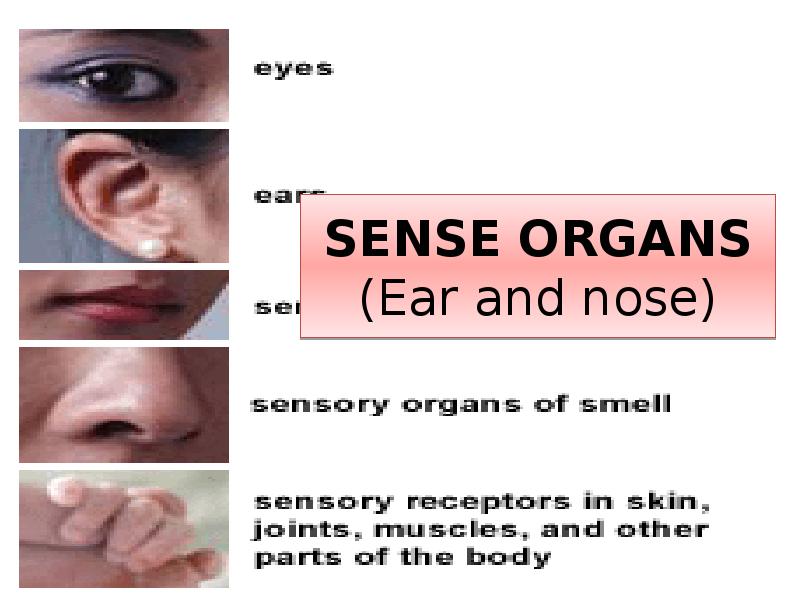




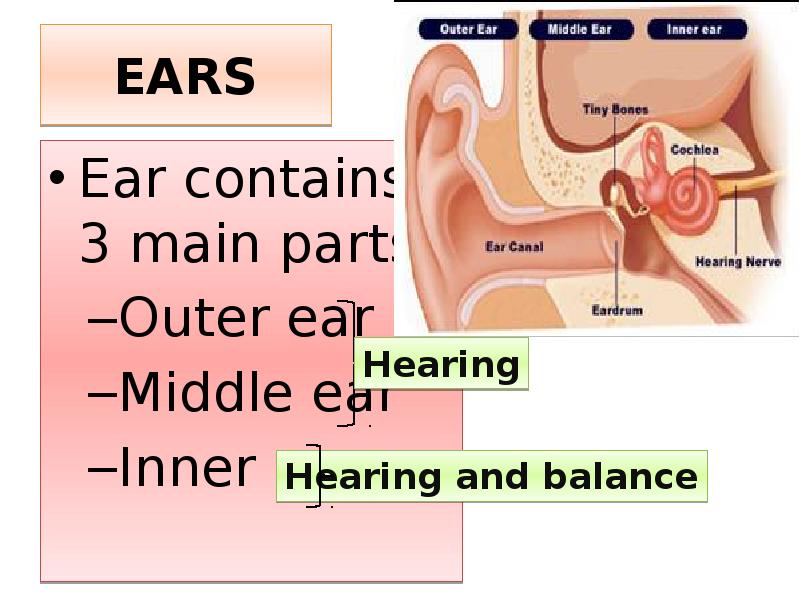
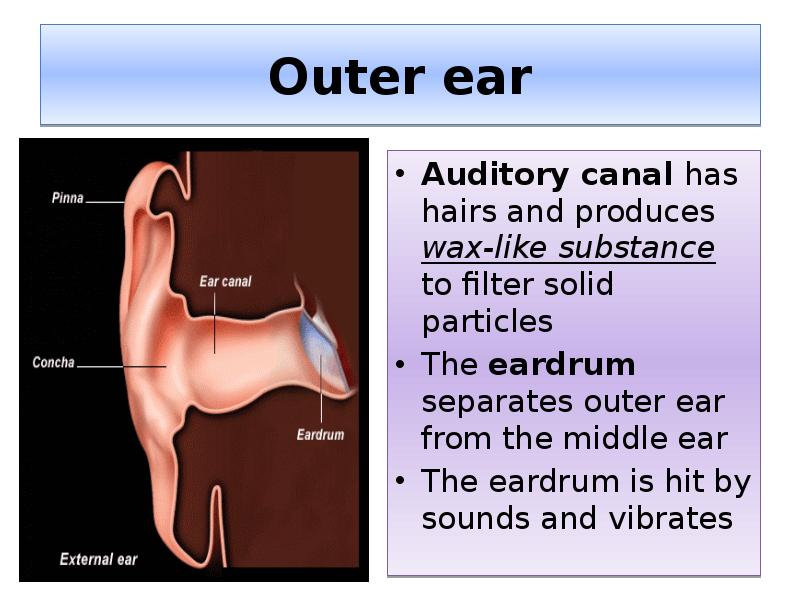
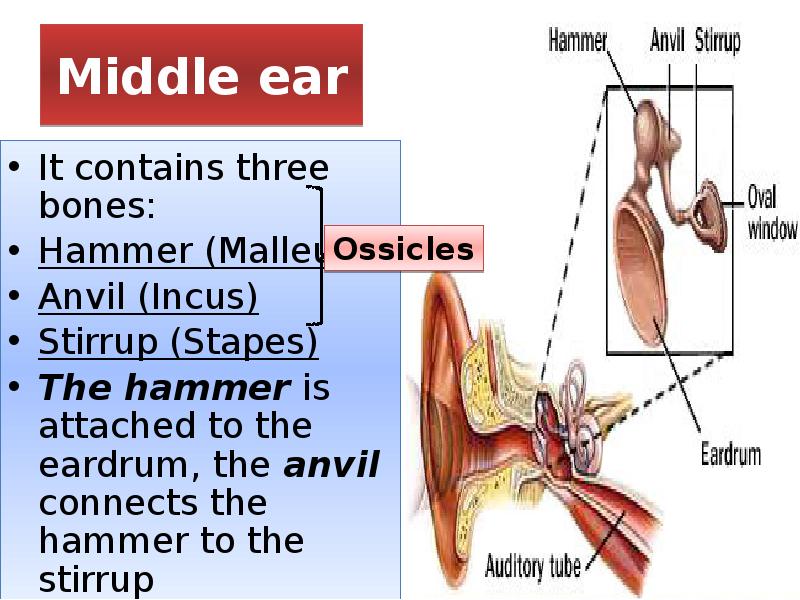

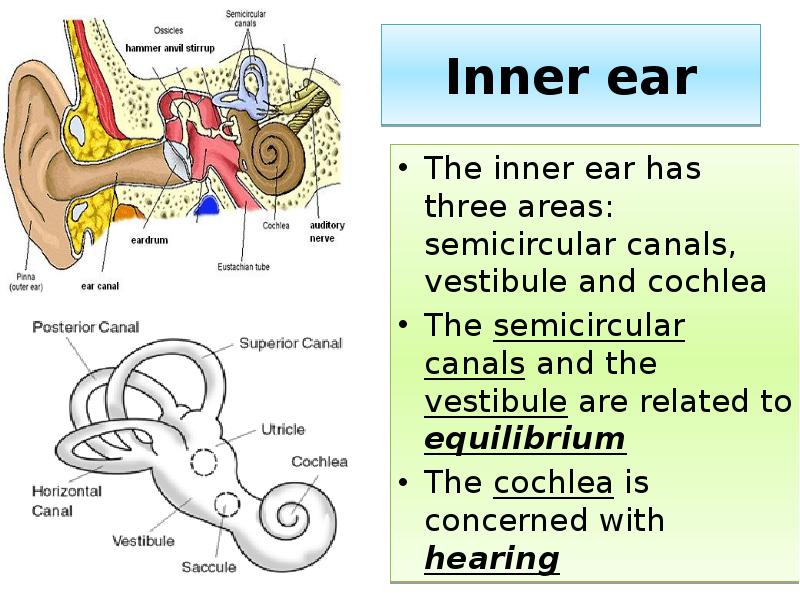

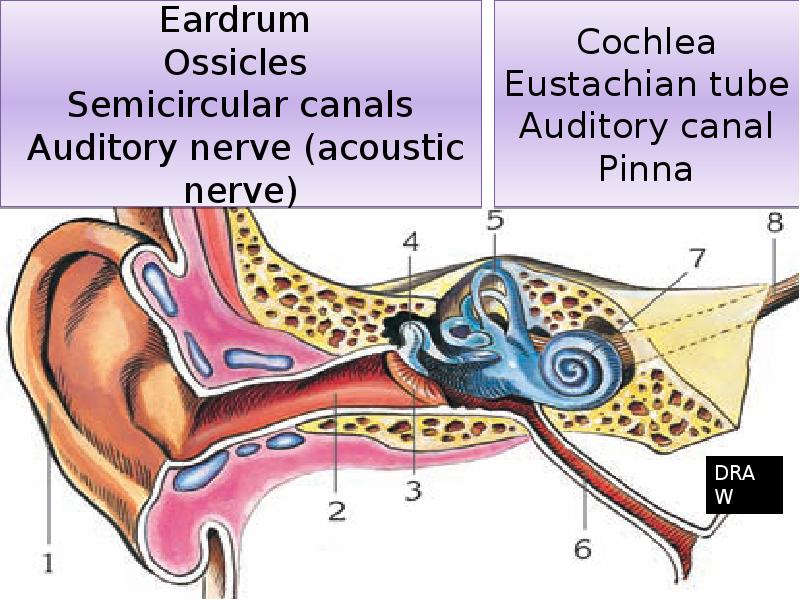
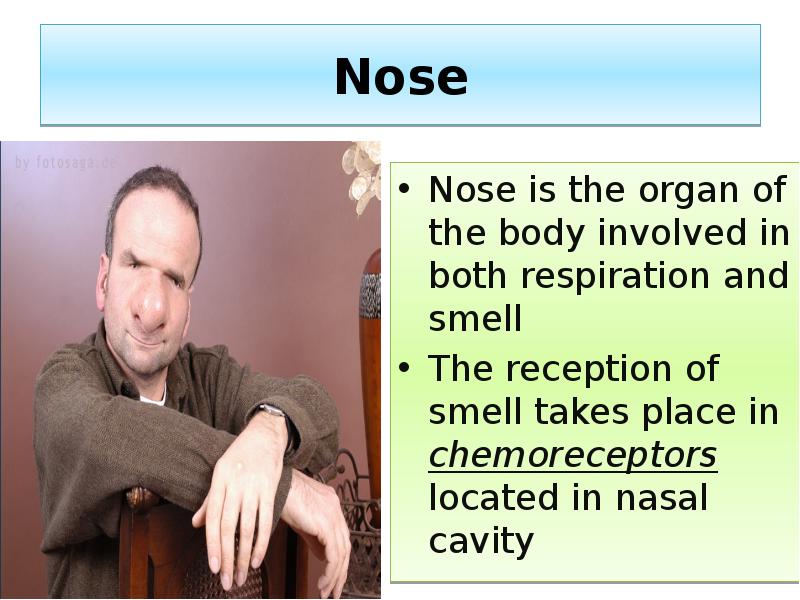
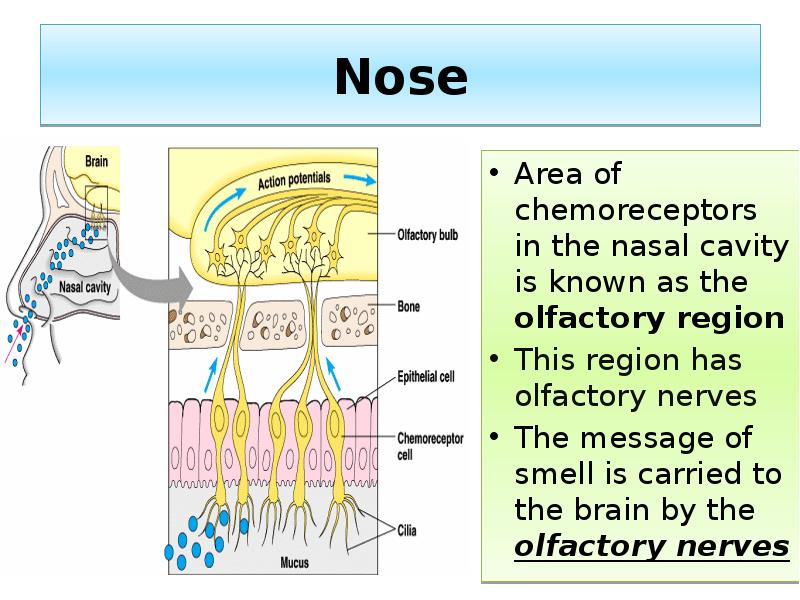

Слайды и текст этой презентации
Похожие презентации





























